Welcome to Old School Month on Eternal Central. We’re looking at a different Old School 93-94 deck each day of the month. Today’s deck is Mono White Prison, utilizing a number of prison elements in a mono white shell.
Constructing Mono White Prison
Playing a single color in Old School 93-94 dramatically limits your deckbuilding options, but can be an interesting challenge as far as pushing the limits of deck design and creativity. Sometimes you are forced to used suboptimal kill conditions, while other times you only have access to suboptimal removal. But one benefit to this approach is that you will likely have a consistent mana base, reducing mulligans over the course of a day’s play, which may help to slightly offset these inherent weaknesses.
This build is mostly modeled after my friend (and fellow Lord of the Pit) Danny Friedman’s own Mono White Prison deck, and uses Black Vise and Feldon’s Cane as kill conditions. Mirror Universe also acts as a pseudo-kill condition, and fringe playables like The Hive can also serve as legitimate paths to victory in this deck. Here’s a recent version from the thuggish ruggish streets of Chicago.
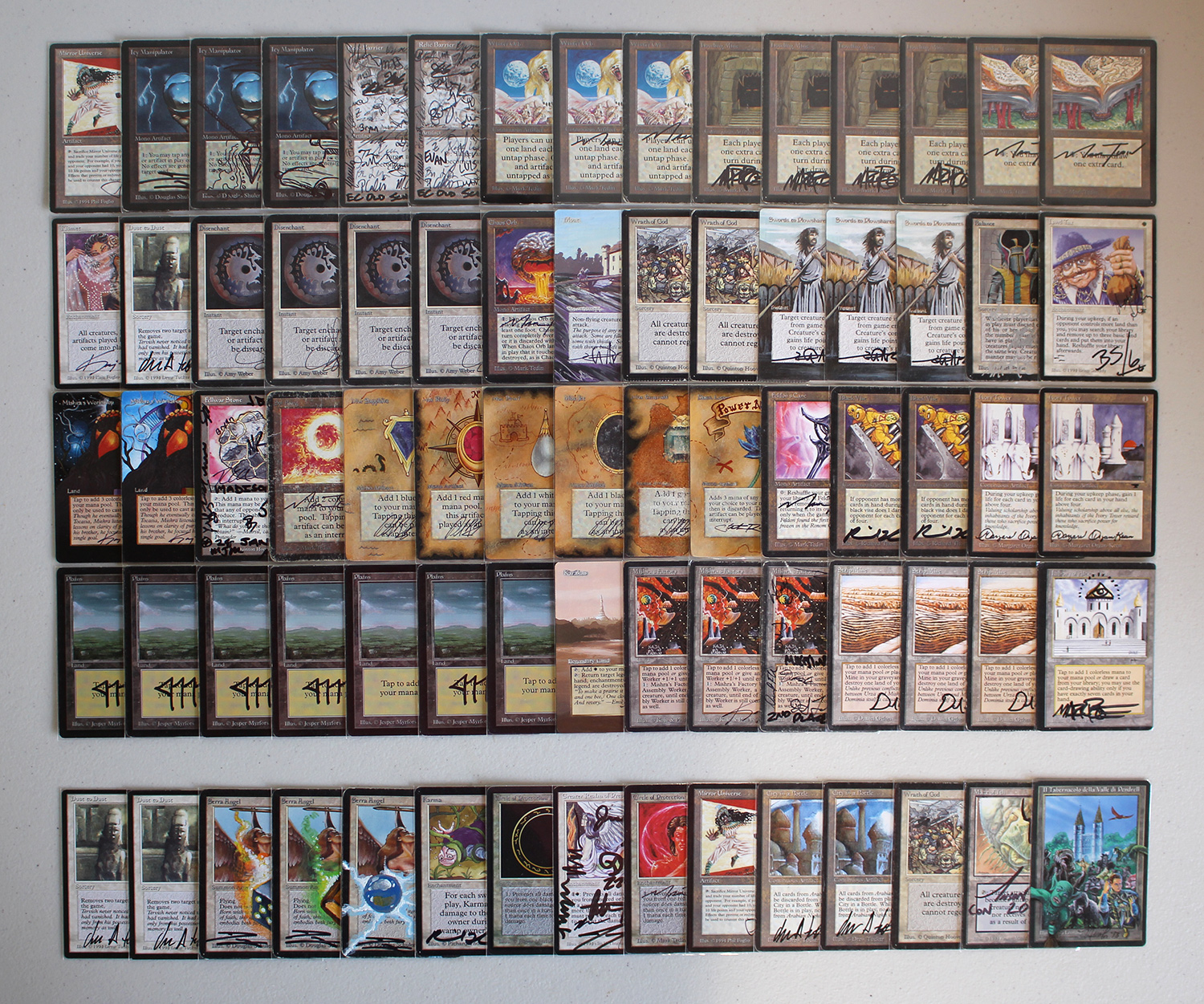
Creature Choices
This deck can be built with our without creatures, and the deck above features a creatureless main deck, so our opponent will potentially have more dead draws in the main deck. Mishra’s Factory is present as a threat to push through damage when the board is locked up. Out of the sideboard, a couple of copies of Serra Angel can come in as an alternate method of closing out the game, and can hopefully go the distance against an opponent who may have sided out most or all of their creature removal.
Draw Engines
White itself does not offer many options when it comes to drawing cards in Old School, or in Magic generally. Library of Alexandria is of course present in this deck, but that can’t reliably be found or considered a draw engine.
Howling Mine is utilized in this build to draw cards for both players, or when combined with Relic Barrier or Icy Manipulator, it becomes a one-side draw engine that can be manipulated at will.
Jayemdae Tome is one of the most revered (and loathed) cards in Old School, and for good reason. It allows you to maintain a reactive stance, while giving you the option to draw another card on your opponent’s turn. A couple of Tomes are a good way to provide card advantage in this deck.
Control Elements
Like a number of other decks we’ll feature this month, the package of Icy Manipulator + Relic Barrier + Howling Mine + Winter Orb presents many synergistic options, and affords control and prison elements to any deck that chooses to play them. Howling Mine and Winter Orb were originally printed as “Continuous Artifacts,” meaning they would work continuously as long as they were untapped, and over the years the Oracle wording of each has been updated to reflect this original intent. Icy Manipulator and/or Relic Barrier can be used to tap your own Winter Orb or Howling Mine, in order that they would shut off temporarily to gain a one-sided advantage, so they are each logical inclusions when playing this package of artifacts. The most common scenarios for doing so are to tap your Howling Mine on the opponent’s upkeep, before they can draw an extra card, and to tap your Winter Orb(s) during the opponent’s end step, so that you can fully untap all of your lands on the next turn.
Instant speed pin-point removal is critical to this deck, to keep the battlefield relatively clear, and to keep your life high enough to prolong the game. Disenchant, Divine Offering, and Dust to Dust handle the artifact and enchantment spectrum, while Balance, Swords to Plowshares, Wrath of God, and Moat handle the creatures. The obligatory Chaos Orb performs cleanup duty for anything and everything.
Disrupting Scepter might seem like a natural inclusion for a slow and grindy deck like this, but it is at odds with the rest of the deck (and killing your opponent with Black Vise, and ties up your mana that can be spent elsewhere. It’s not bad, but it’s not great.
Constructing a Mana Base
Playing a mono-colored deck means we naturally want a ton of basic lands, but this also gives us the option of playing a host of great colorless lands. This deck wants some number of Strip Mines to combat Library of Alexandria, and to occasionally Strip away an opponent’s land that might untap from Winter Orb, but is usually used to protect against rogue Mishra’s Factories that might slip through your other defenses. I like 2-3 Strip Mines in here, but don’t really think you need 4, especially when given other colorless options.
Mishra’s Workshop acts as a significant mana boost for powering out the huge suite of artifact control elements in this deck. You can’t play too many of them (because it doesn’t provide white), but 2-3 copies are enough to usually find one by the mid-game when you want it, without drawing too many early, preventing you from casting your white removal spells.
Mishra’s Factory is a good way to protect against a cheap early threat from the opponent, while also acting as a kill condition later in the game once the battlefield is tapped down. 2-4 Factories are probably the appropriate number in here.
While not technically mana producers, other colorless lands to consider in the 75 are Maze of Ith and The Tabernacle at Pendrell Vale. Both can help clog up the board, and have outsized recurring effects that are worth the low price of a land drop, and can incentivize the opponent to play more threats on to the board, only to get them Wrathed away after overcommitting.
When it comes to fast mana in this deck, I like the idea of playing a ton of artifact acceleration, in order to keep pumping out the artifact control pieces you are hoping to draw. I could see trimming most of it away if on a budget, and that would likely result in playing a few copies of Land Tax, and probably the maximum quantity of Fellwar Stones, in order to pump out the cards you’ll need on time. Mana Vault might be another consideration if trying to build on a budget, but will have less impact if relying on Jayemdae Tome to get ahead on cards, for example (because it’s tough to efficiently re-use Mana Vault in a timely manner).
Designing the Sideboard
I like to use the sideboard of this deck to bring in additional spot removal where warranted, and to bring in some high upside bombs. Circle of Protection: Black, Greater Realm of Preservation, and Circle of Protection: Red can all shut down certain decks, especially after you have narrowed possible routes to victory for your opponent with all of the other control elements in the deck.
Mirror Universe can act as another kill condition, but is also just pairs nicely with the strategy of using your life as a resource throughout the game with this deck, trading early hits from creatures and burn in order to establish control of the battlefield. There is one copy in the main deck, but also another copy in the sideboard to bring in against very aggressive strategies and decks laden with burn spells.
City in a Bottle is a card that very narrowly affects you (taking out Library of Alexandria only), while potentially providing a devastating effect against a good portion of 93-94 decks. It is the kind of low mana investment high upside card I love in this sideboard.
There are a few copies of Serra Angel in this version of the sideboard, as a way to close out games quickly in post-sideboard games, should you need or want it. Against an unsuspecting opponent who has boarded all of their creature removal out it can dominate the board, especially when paired with your other removal. Preacher is another card I frequently play, as it can help control creatures, and provides another win condition, but is quite fragile.
Playing Mono White Prison
This deck wants to get ahead on board by dumping a bunch of artifacts and enchantments in to play, and then using their recurring advantages to ground the opponent to dust, and hopefully demoralize them on your way to victory. It’s always fun when your opponent can be tilted by losing to a mono-colored deck in Old School. Ivory Tower is used to help gain life early, in order to buy yourself more turns, and to capitalize on the opponent’s inaction, or inability to play threats on time. Black Vise and Feldon’s Cane are two creatureless kill conditions that you don’t necessarily want to see until later in the game, once the battlefield has sufficiently frustrated the opponent.
Relic Barrier, Winter Orb, and Icy Manipulator will be used primarily to slow the opponent down, and force them to continue to tap mana to add more threats to the board to try to break through with relevant damage. Wrath of God, Balance, and Dust to Dust help to gain advantage back after the opponent necessarily overcommits.
Ten Opening Hands with Mono White Prison
Here are ten randomly drawn opening hands with the deck (in order, and not manipulated in any way), and a few brief words with how I might look to play said opening hands.
Opening Hand 1
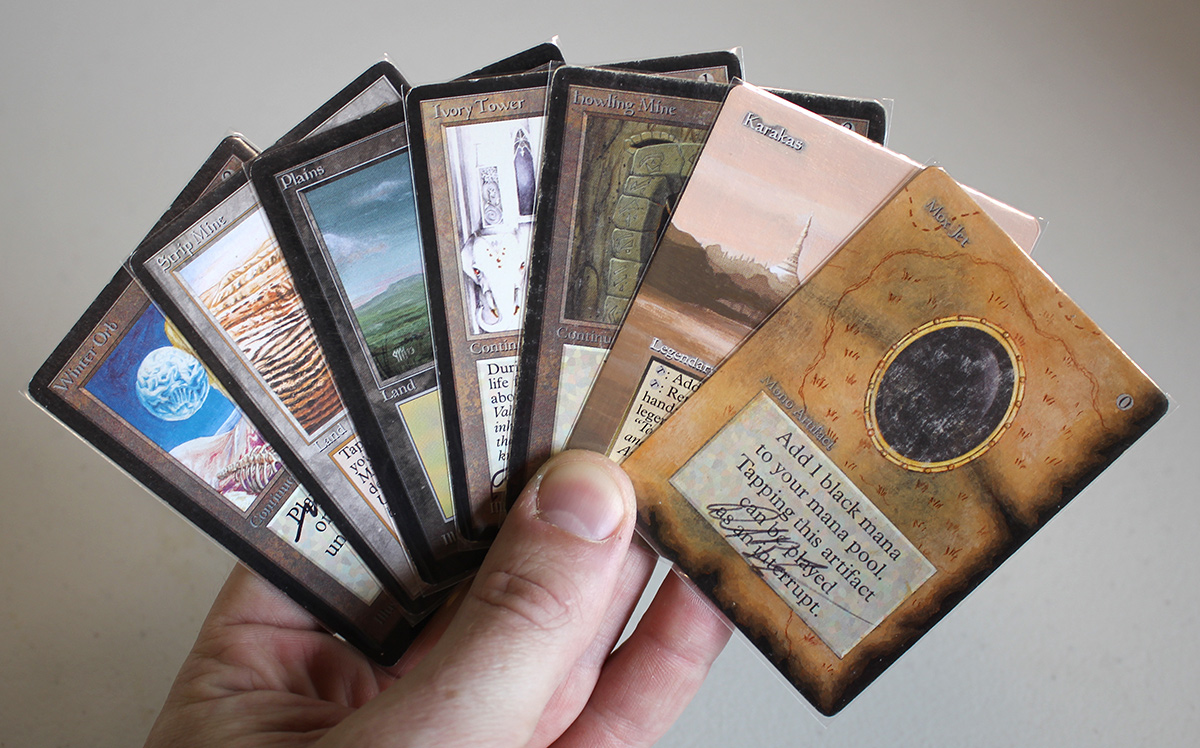
This opener has plenty of mana, disruption in the form of Strip Mine and Winter Orb, and plenty of early plays that can operate with little mana. Depending on if you’re on the play or the draw (and what the opponent does), you could lead off with Plains in to Ivory Tower, or Plains plus Mox Jet in to Howling Mine, or even Strip Mine plus Mox Jet in to Ivory Tower if on the draw (and if the opponent had a land you want to deal with immediately). Howling Mine will likely give you a buffer of life when used with Ivory Tower this game, and Winter Orb can be used to slow the game down, allowing Mine to find more gas and removal.
Opening Hand 2
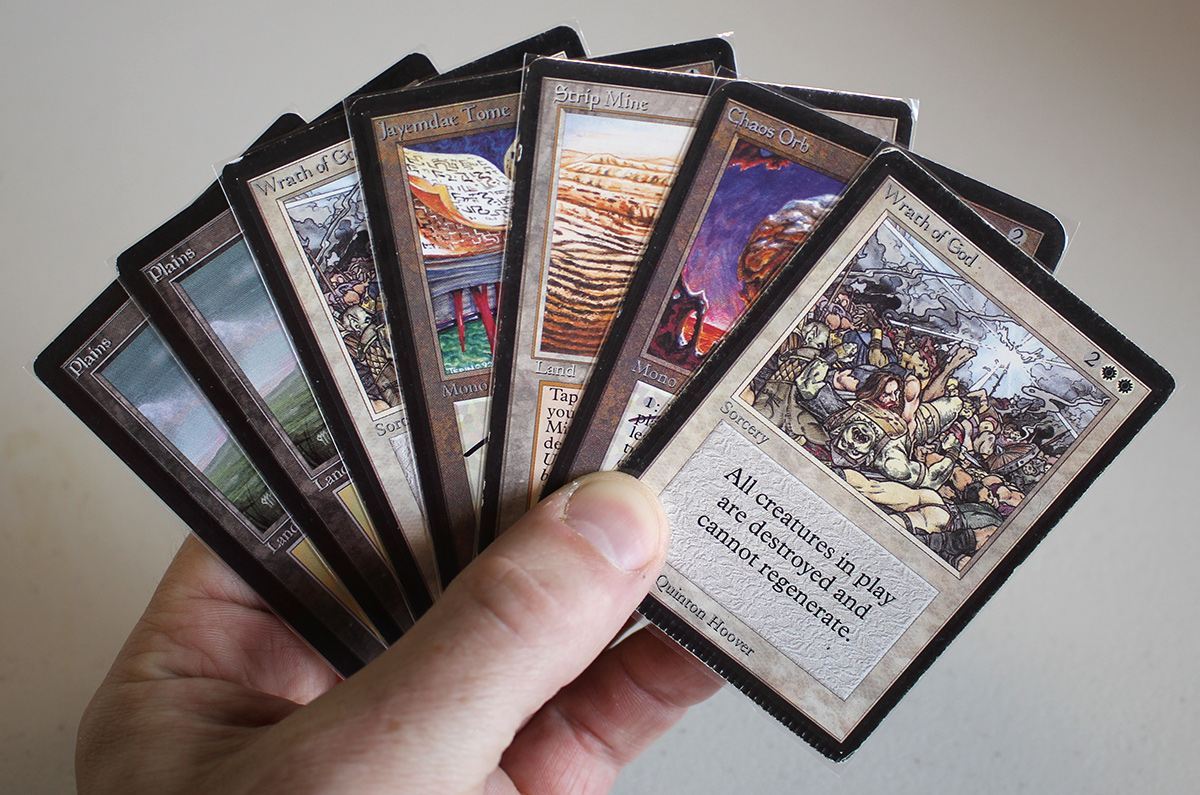
With good mana, removal, and a draw spell, this hand is a keeper, but somewhat slow. The plan will be to bait with enough other spells that Jayemdae Tome can eventually be used to draw in to more business. If you’re playing against an aggro deck this hand has three strong removal spells. You’d probably want to lead with Strip Mine in that case, so that if the opponent is going to immediately Strip Mine you, you are more likely have double white to cast Wrath of God in the mid-game.
Opening Hand 3
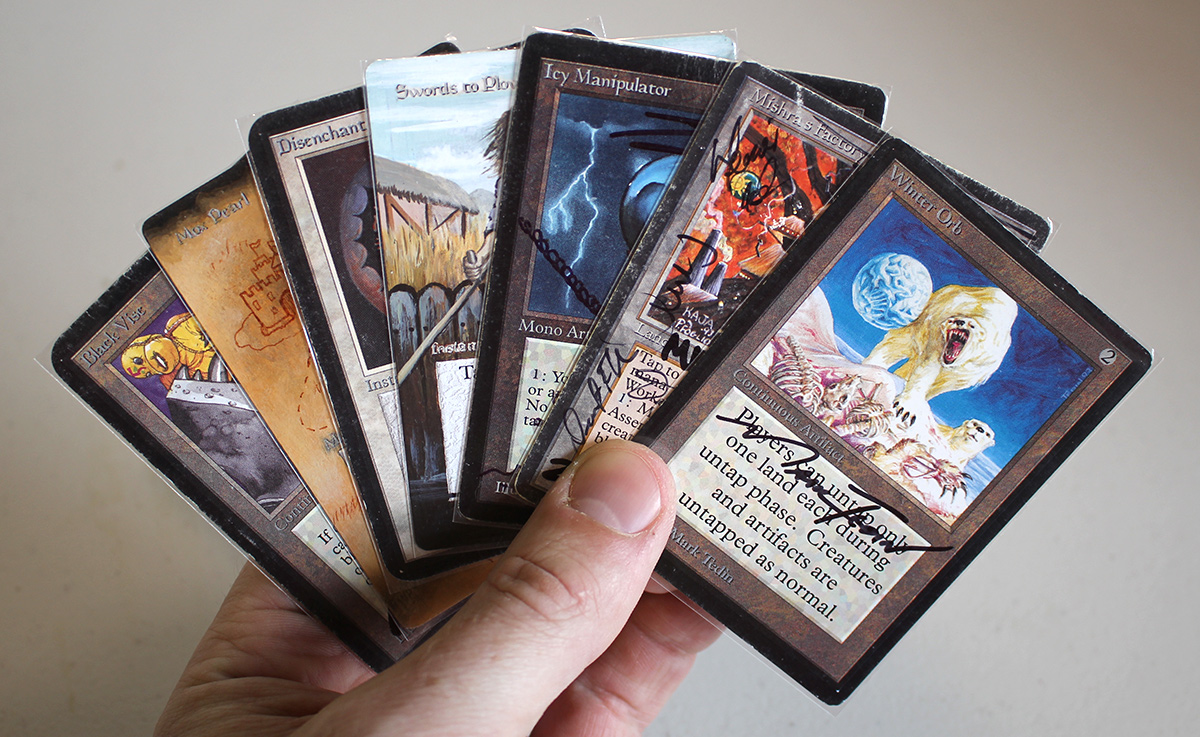
The presence of only a single land makes this hand questionable, but the Mox Pearl probably makes it keepable. You have access to a couple of mana already, which can cast the entire hand, minus Icy Manipulator. With variegated removal spells, you should be set to hand numerous types of threats, buying you time to draw in to more mana and business.
Opening Hand 4
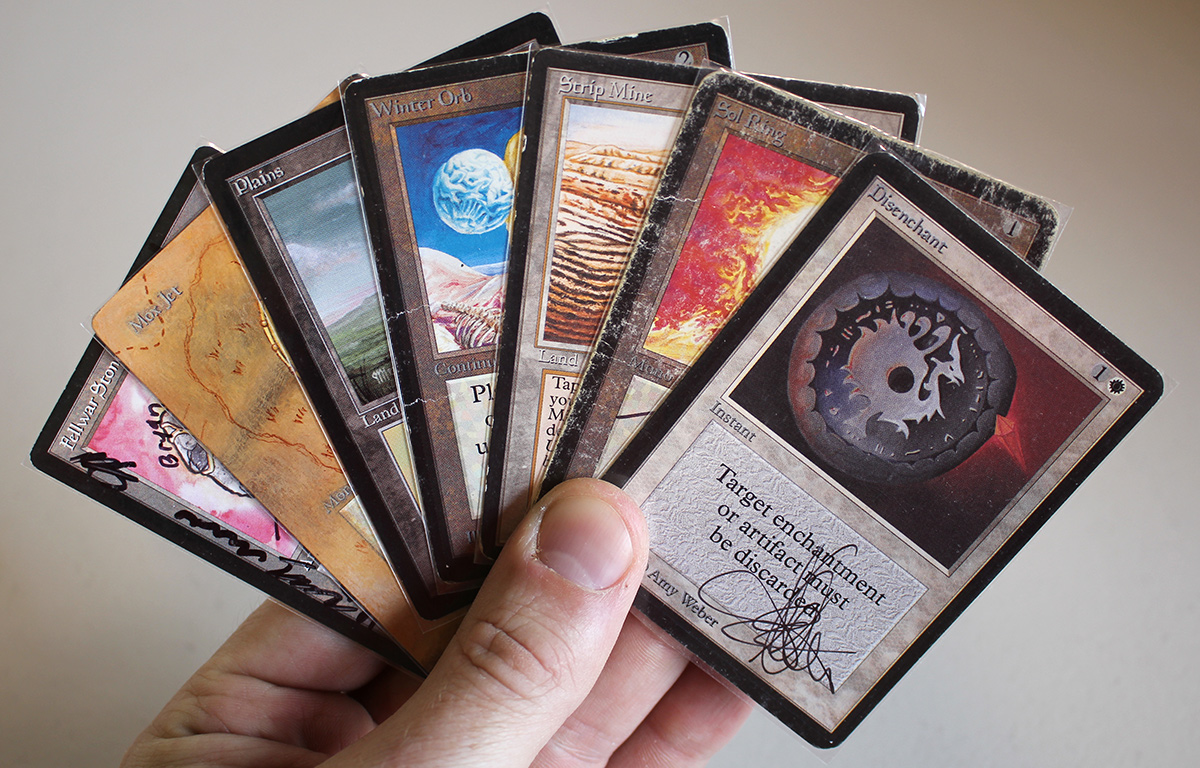
This hand features plenty of mana, acceleration, and enough control elements to keep. I’d probably lead with Strip Mine go, concealing the fact that we have more acceleration, and giving the opponent less information. There’s not much incentive yet to play out the artifacts, which would otherwise leave them unnecessarily open to removal (or Copy Artifact).
Opening Hand 5
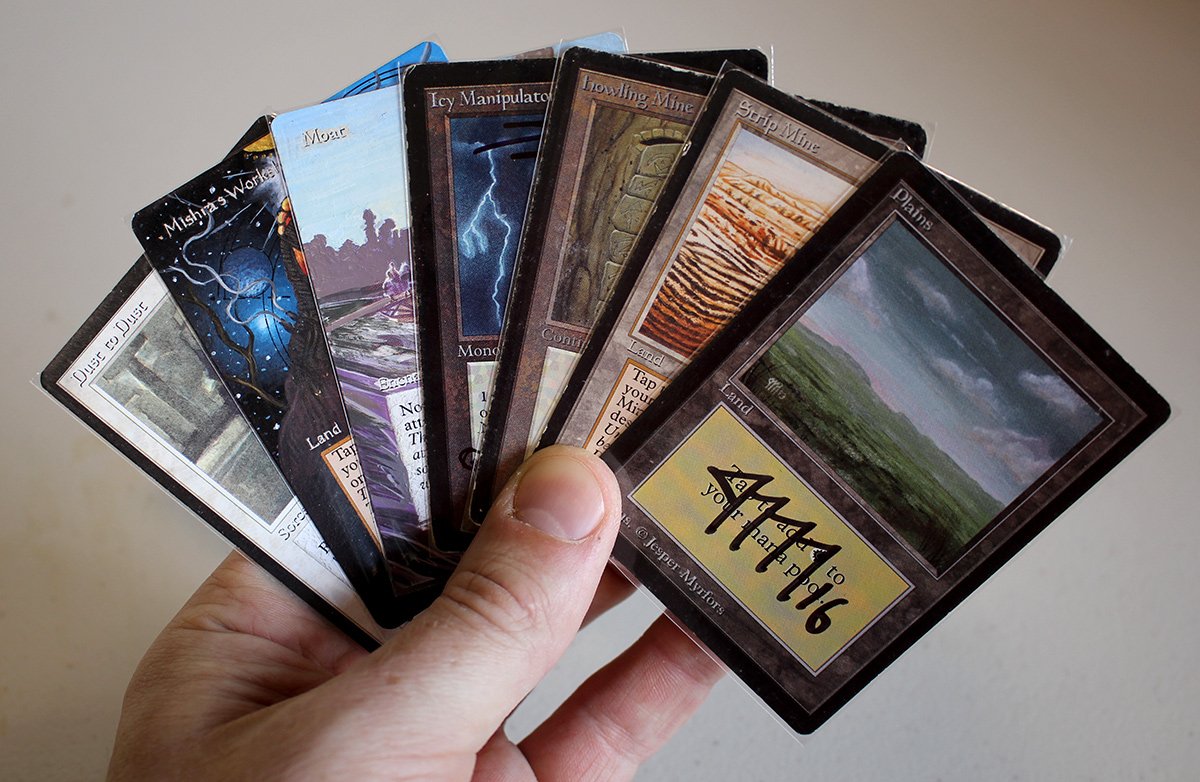
As we wrote about above, when crafting a mana base you must be careful to not introduce too many colorless mana sources, such that you have ready access to white mana when you need it. Decks like Death and Taxes in Legacy often run in to this issue, so be attentive to this when building and playing. While we don’t yet have double white to cast the Dust to Dust or Moat in hand, those are not early plays anyway, and we likely have time to draw in to the needed mana. The correct play here is to probably play Strip Mine, go. On the second turn the Workshop can be deployed in order to cast Icy. If the Workshop then gets Stripped, we will still have an active Icy on the board, along with Strip Mine, to set the opponent back multiple turns. You can either go this route or add Howling Mine to the board, such that the very next turn you can start getting ahead on cards with Howling Mine + Icy Manipulator.
Opening Hand 6
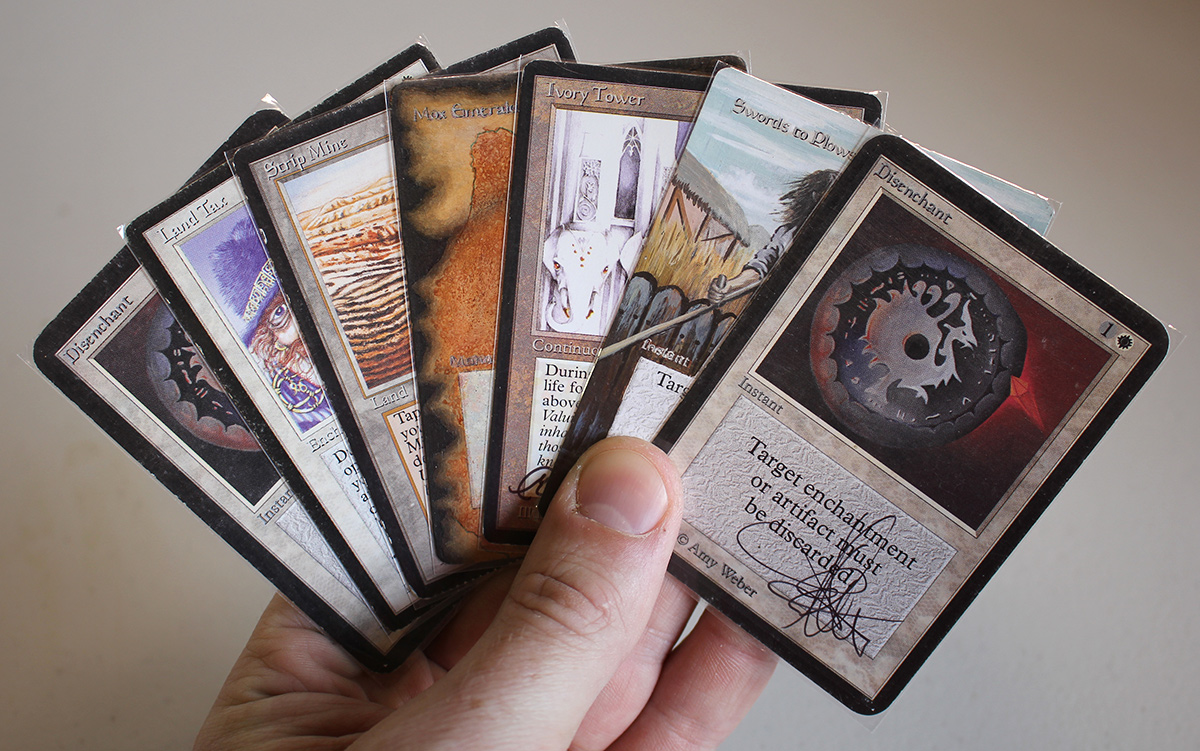
This hand doesn’t actually do anything, other than cast Ivory Tower. If we had a single white mana to pair with the Land Tax we’d be off to the races. We have lots of cheap removal, but no white mana to cast it. I can see the temptation of keeping this hand, but I’m going to flush it for a new six.
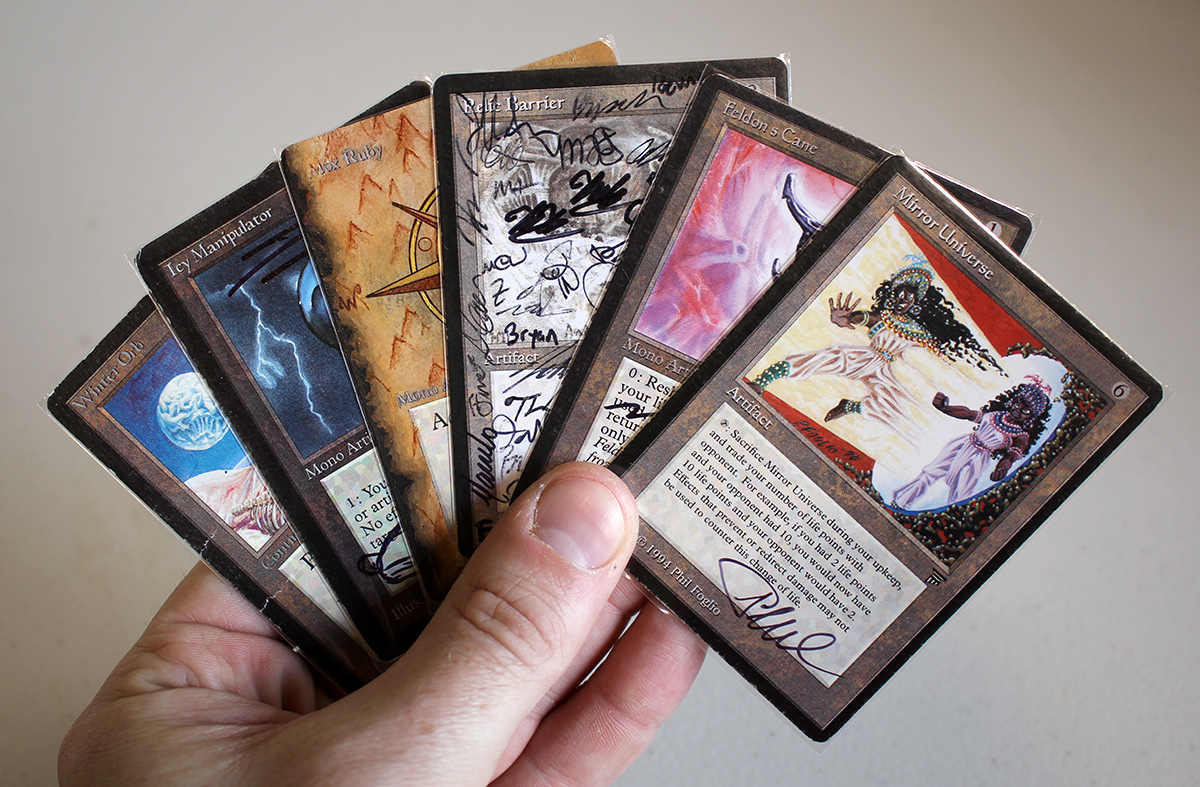
That is a painful mulligan. Without mana to cast anything relevant, we need to ship this one back as well.
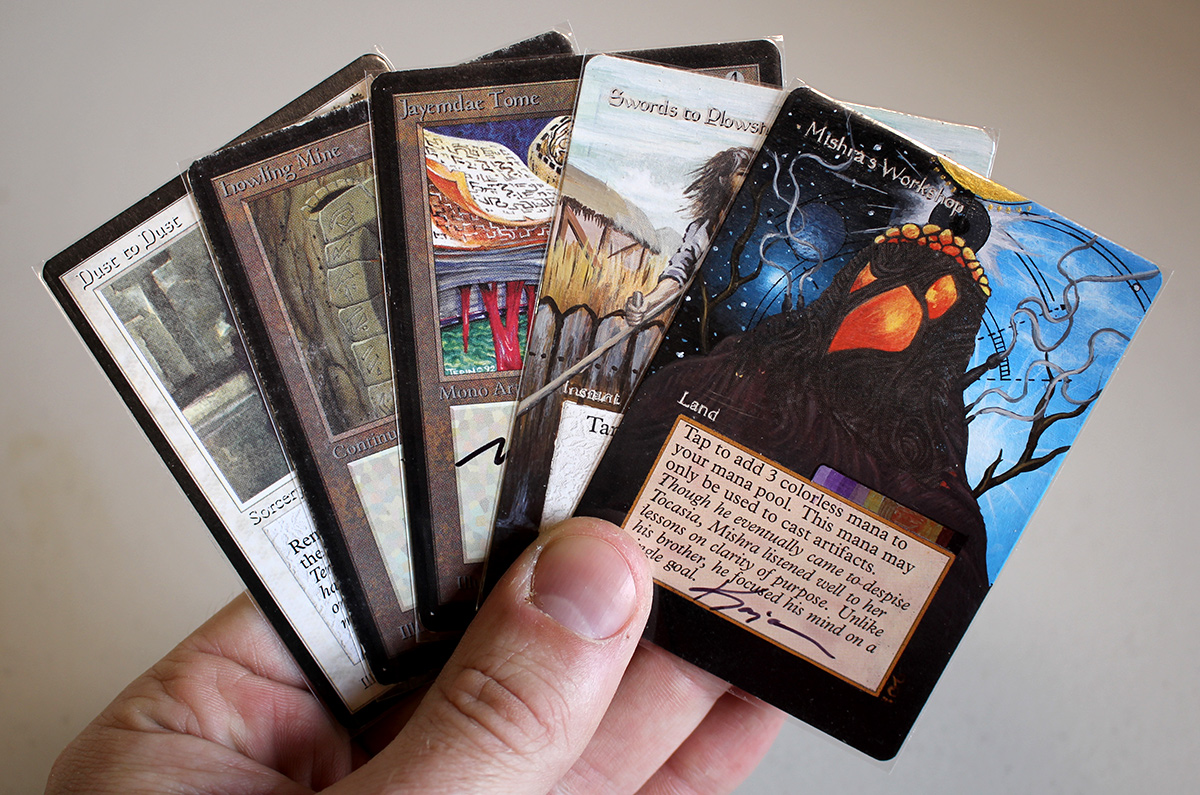
With a Workshop in to Howling Mine as a first turn play, this is a fine hand of five. If it sticks around we can likely drop a Jayemdae Tome a turn or two later, and hopefully find more mana to cast whatever else we draw. With the pre-game scry I’d be actively seeking mana, or a Relic Barrier (to pair with the Howling Mine).
Opening Hand 7

This hand includes a couple of mana sources, a couple of removal spells, Ivory Tower, and Jayemdae Tome, so it is a keeper. The opening play is probably Mishra’s Factory in to Ivory Tower, holding back the Plains to cast a removal spell on the next turn if need be.
Opening Hand 8
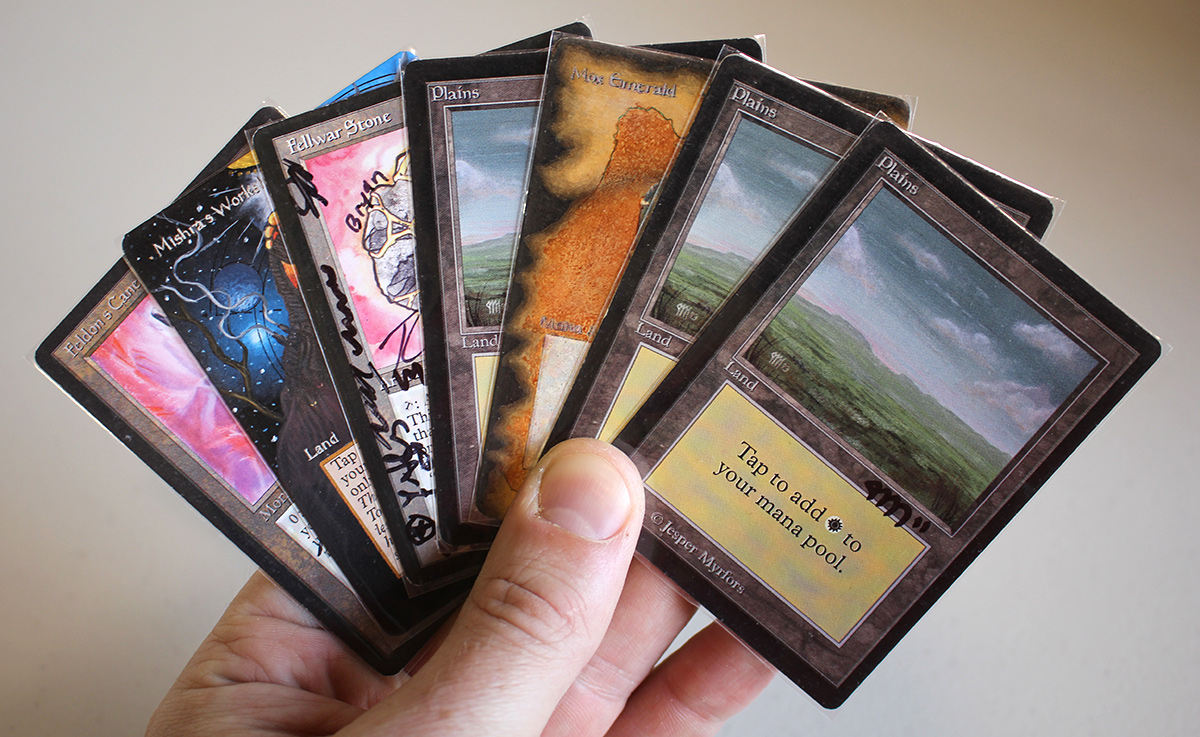
There isn’t really action in this opening hand, but it features tons of mana. This deck is more likely to lose by not drawing enough mana than by drawing too much mana, so I’m going to keep this opener, and realize that anything drawn will easily be able to be cast.
Opening Hand 9
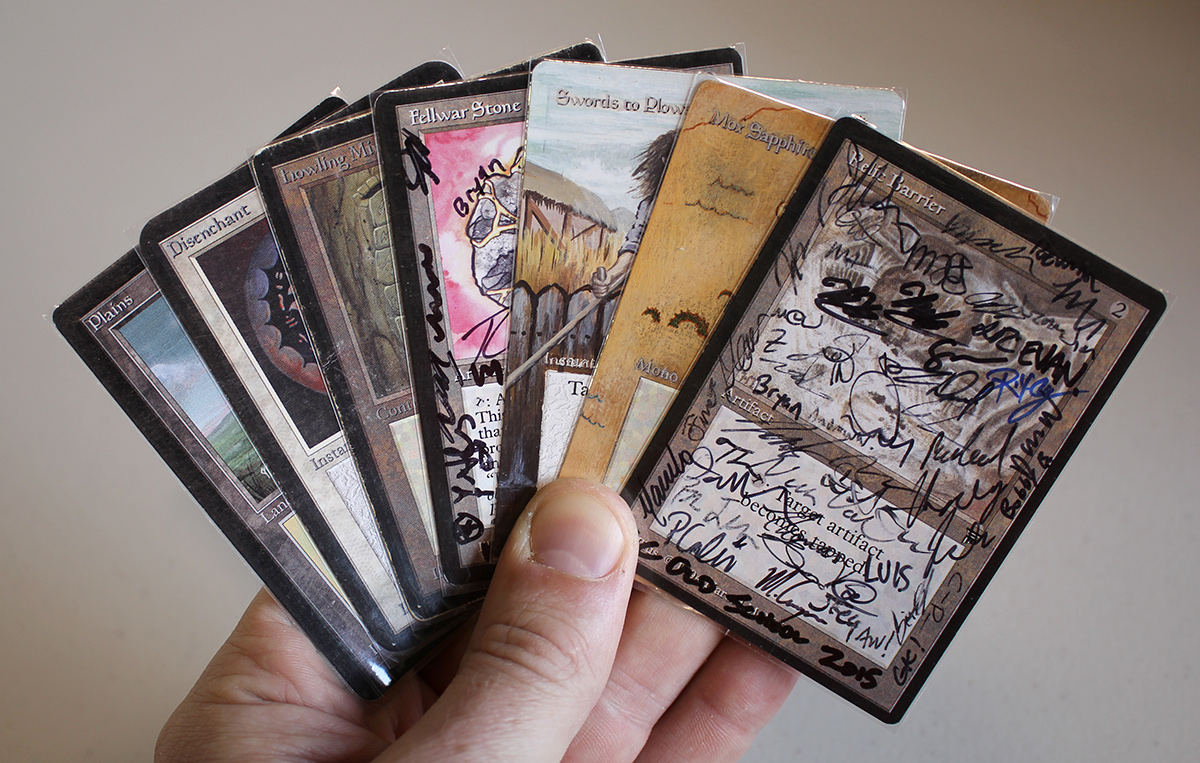
We are finally privy to an opening hand with the Howling Mine + Relic Barrier combo. There are lots of potential sequencing options here based on what the opponent is playing, and whether you are on the play or the draw. If I was on the play I’d likely lead with Plains and Mox Sapphire in to Fellwar Stone, with the goal of drawing a mana source next turn in order to play both Howling Mine and Relic Barrier on turn two. If we’re on the draw, it might be more appropriate to play Relic Barrier, if there was an artifact you wanted to lock down. Playing the Howling Mine first before either Fellwar Stone or Relic Barrier is likely the incorrect play (because this is a mana light hand), but I could see playing the Howling Mine if your opponent plays a colorless land and passes (such as Library of Alexandria, rendering Fellwar Stone useless for the time being, as it can’t tap for any mana if the opponent only controls colorless lands).
Opening Hand 10
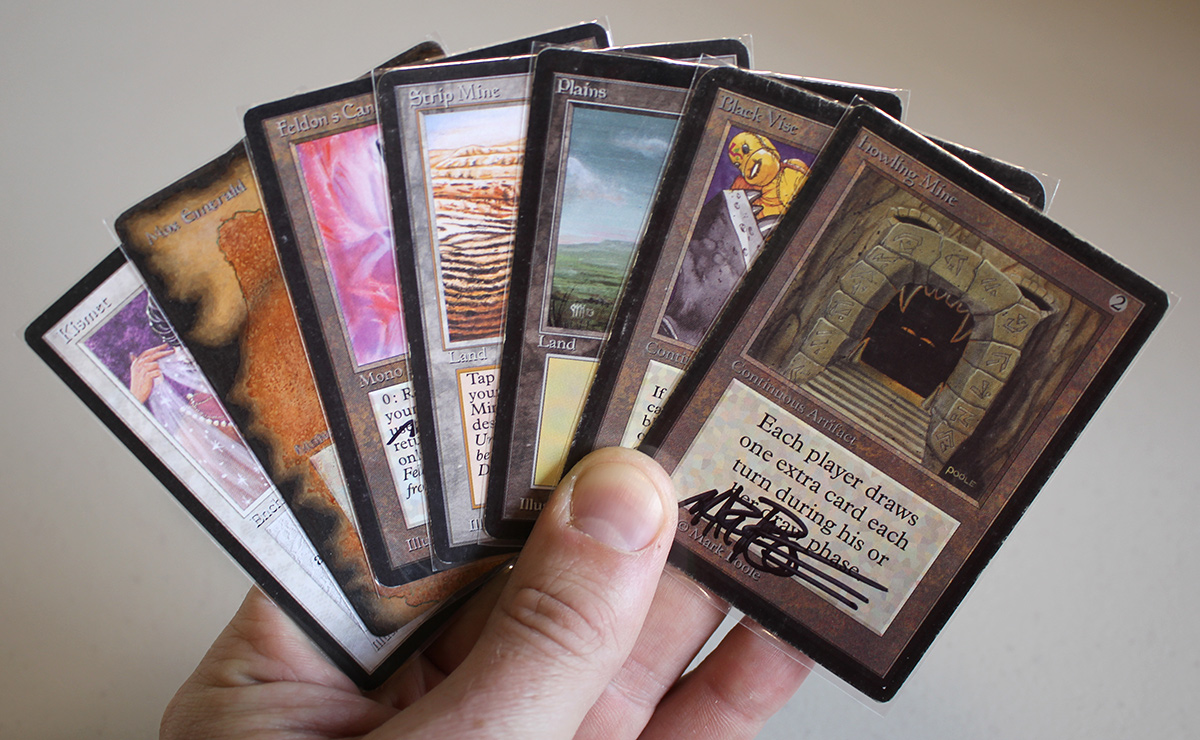
With mana, acceleration, Strip Mine and Kismet for disruption, and Howling Mine for card draw, this hand is good enough. Depending on the play/draw, we’ll likely lead with Black Vise or Howling Mine, and if we hit another piece of fast mana we could even deploy Kismet on the second turn.
Concluding Thoughts
Mono White Control is a fun deck if you’re looking to try a prison strategy that doesn’t entail using blue and a bunch of dual lands. It’s a challenging deck to play, but one that you can craft to use a variety of kill conditions in. I hope this gets the wheels turning in your head, even if you choose not to play it.
Stay tuned to Eternal Central for more sick 93-94 brews all month long. Thanks for reading.

